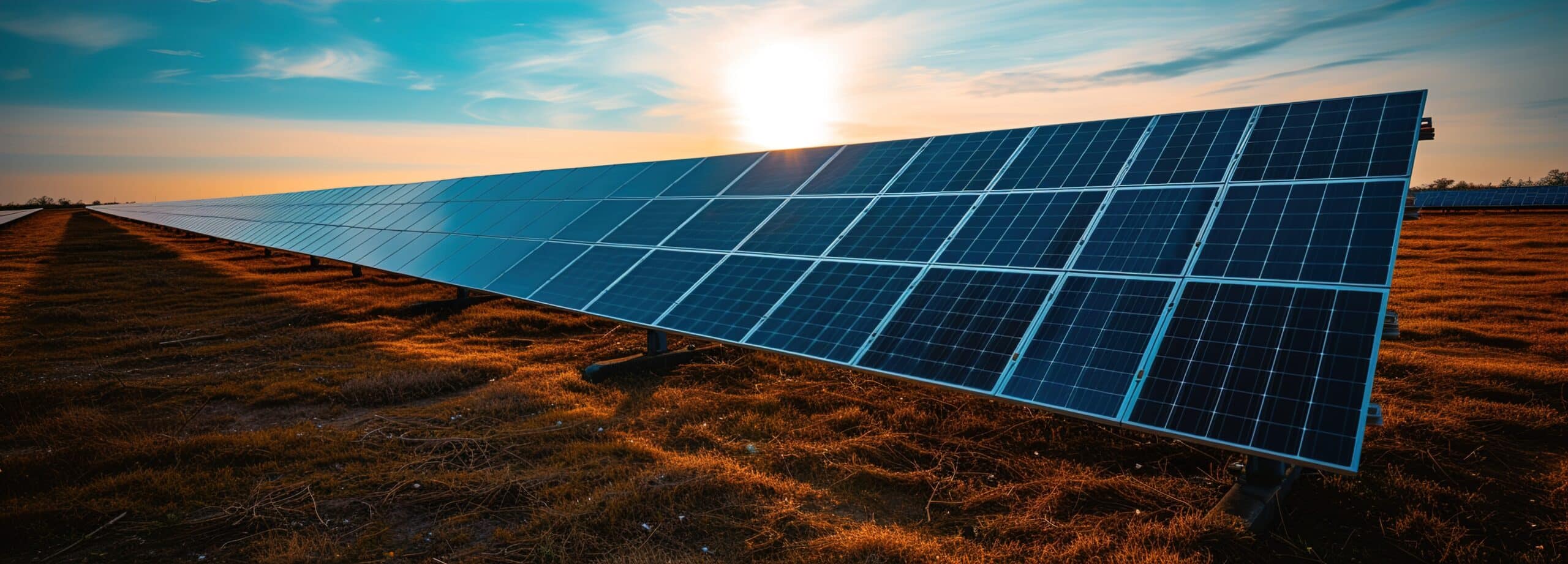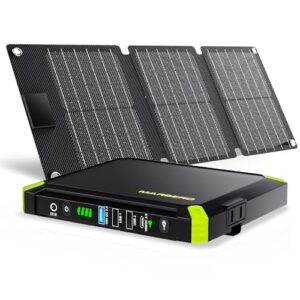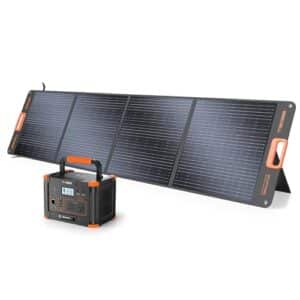What Defines a Solar Generator?
Key Takeaways
- A solar generator is a portable device that harnesses the power of the sun to generate electricity.
- The key components of a solar generator include solar panels, a charge controller, a battery, and an inverter.
- Solar generators provide clean and renewable energy, cost-effectiveness, and serve as a backup power source.
A solar generator is a portable device that harnesses the power of the sun to generate electricity. It consists of several key components that work together to convert sunlight into usable energy. These components include solar panels, a charge controller, a battery, and an inverter.
Solar panels are the heart of a solar generator. They are made up of photovoltaic cells that absorb sunlight and convert it into direct current (DC) electricity. The size and efficiency of the solar panels determine the amount of electricity that can be generated.
The charge controller is responsible for regulating the flow of electricity from the solar panels to the battery. It ensures that the battery is charged safely and efficiently, preventing overcharging or damage to the battery.
The battery is where the electricity generated by the solar panels is stored. It acts as a reservoir of energy that can be used when needed. The capacity of the battery determines how long the solar generator can power devices and appliances.
The inverter is the component that converts the DC power stored in the battery into alternating current (AC) electricity. AC electricity is the type of power used by most household appliances and electronic devices. The inverter allows the solar generator to provide power for various devices.
Components of a Solar Generator
While the basic components mentioned above are common to all solar generators, there may be additional components depending on the specific model and purpose of the generator. Some common additional components include:
- Solar Charge Controller: This component regulates the charge coming from the solar panels to prevent overcharging and protect the battery.
- Battery: The battery stores the electricity generated by the solar panels for later use.
- DC to AC Inverter: The inverter converts the DC power from the battery into AC power for use by devices and appliances.
- Ventilation Fans and Controller: These components help keep the solar generator cool and prevent overheating.
- Electrical Protection: This can include circuit breakers or fuses to protect the solar generator from electrical surges or overloads.
- Diagnostic and Programming Modules: These modules provide information about the solar generator’s performance and allow for customization and control.
- DC to DC Buck Converter: This component helps regulate the voltage coming from the solar panels to match the requirements of the battery.
- Battery Maintainer: A battery maintainer helps keep the battery in good condition and prolong its lifespan.
- Input Ports, Outlets, and Switches: These allow for easy connection of devices and appliances to the solar generator.
- Accessories: Work lights and other accessories can be included to enhance the functionality of the solar generator.
How Solar Generators Work
A solar generator works by harnessing the power of the sun to generate electricity. The process can be broken down into several steps:
- The solar panels absorb sunlight and convert it into DC electricity.
- The DC electricity is sent to the charge controller, which regulates the flow of electricity to the battery.
- The battery stores the electricity until it is needed.
- When power is required, the DC electricity from the battery is converted into AC electricity by the inverter.
- The AC electricity can then be used to power devices and appliances.
Solar generators are particularly useful in situations where access to traditional power sources is limited or unavailable. They can be used as a backup power source during camping trips, power outages, or in remote areas. They provide a clean and renewable source of energy, reducing reliance on fossil fuels and minimizing environmental impact.
Advantages of Solar Generators
There are several advantages to using a solar generator:
- Clean and Renewable Energy: Solar generators utilize the power of the sun, which is a clean and renewable energy source. They do not produce harmful emissions or contribute to climate change.
- Cost-effectiveness: While solar generators have a higher upfront cost compared to traditional fuel source generators, they do not require fuel, making them cost-effective in the long run.
- Quiet and Low-maintenance: Solar generators operate silently and require minimal maintenance. They do not have moving parts that can wear out or require regular servicing.
- Backup Power Source: Solar generators can serve as a reliable backup power source during emergencies or power outages. They provide peace of mind knowing that essential devices and appliances can still be powered.
Disadvantages of Solar Generators
Despite their many advantages, solar generators also have some limitations:
- High Upfront Cost: Solar generators generally have a higher initial expense compared to conventional generators. The cost of solar panels, batteries, and other components can be significant.
- Limited Power Supply: Solar generators have a more limited power output compared to gas generators. The amount of electricity they can generate depends on the size and efficiency of the solar panels and the capacity of the battery.
- Slow Recharge Rate: When relying solely on solar panels for recharging, the recharge rate of a solar generator can be slow. It is dependent on the availability of sunlight and may not be suitable for situations that require quick recharging.
- Dependence on Sunlight: Solar generators only work when there is direct sunlight. They are not as effective in shaded areas, at night, during natural disasters, or in foggy conditions where sunlight is limited.
Related Websites:
- DIY Solar Generator – Spheral Solar
- What is a Solar Generator? – GreenCitizen
- A Guide to Understanding Solar Power Generators – Renogy
- How Do Solar Generators Work? – Discover Solar Power
- How Does a Solar Generator Work? – GreenCitizen
- What Are the Pros and Cons of a Solar Generator? – SolarReviews
- Pros and Cons of Solar Generators – Plugged In Academy
- Disadvantages of Solar Generators – Energy Theory
FAQs:
Q: What are the environmental benefits of solar generators?
Solar generators produce clean and renewable energy, reducing greenhouse gas emissions and dependence on fossil fuels. By using solar power, you contribute to a greener and more sustainable future.
Q: How can solar generators help me save costs?
Solar generators allow you to generate your own electricity for free using sunlight, reducing or eliminating your reliance on grid electricity. This can lead to significant cost savings on your electricity bills in the long run.
Q: What are the applications of solar generators?
Solar generators can be utilized in various settings such as homes, cabins, outdoor activities, camping, RV trips, and during power outages. They provide reliable and clean power wherever you go.
Q: What factors should I consider when choosing a solar generator?
When choosing a solar generator, it is important to assess your power requirements, consider battery capacity and type, evaluate portability and weight, and ensure compatibility with solar panels. These factors will help you find the right solar generator for your needs.
Q: How do I properly maintain a solar generator?
To maintain a solar generator, keep the solar panels clean and free from debris, regularly check and replace batteries if needed, and ensure proper storage conditions. Refer to the manufacturer’s guidelines for specific maintenance instructions.






